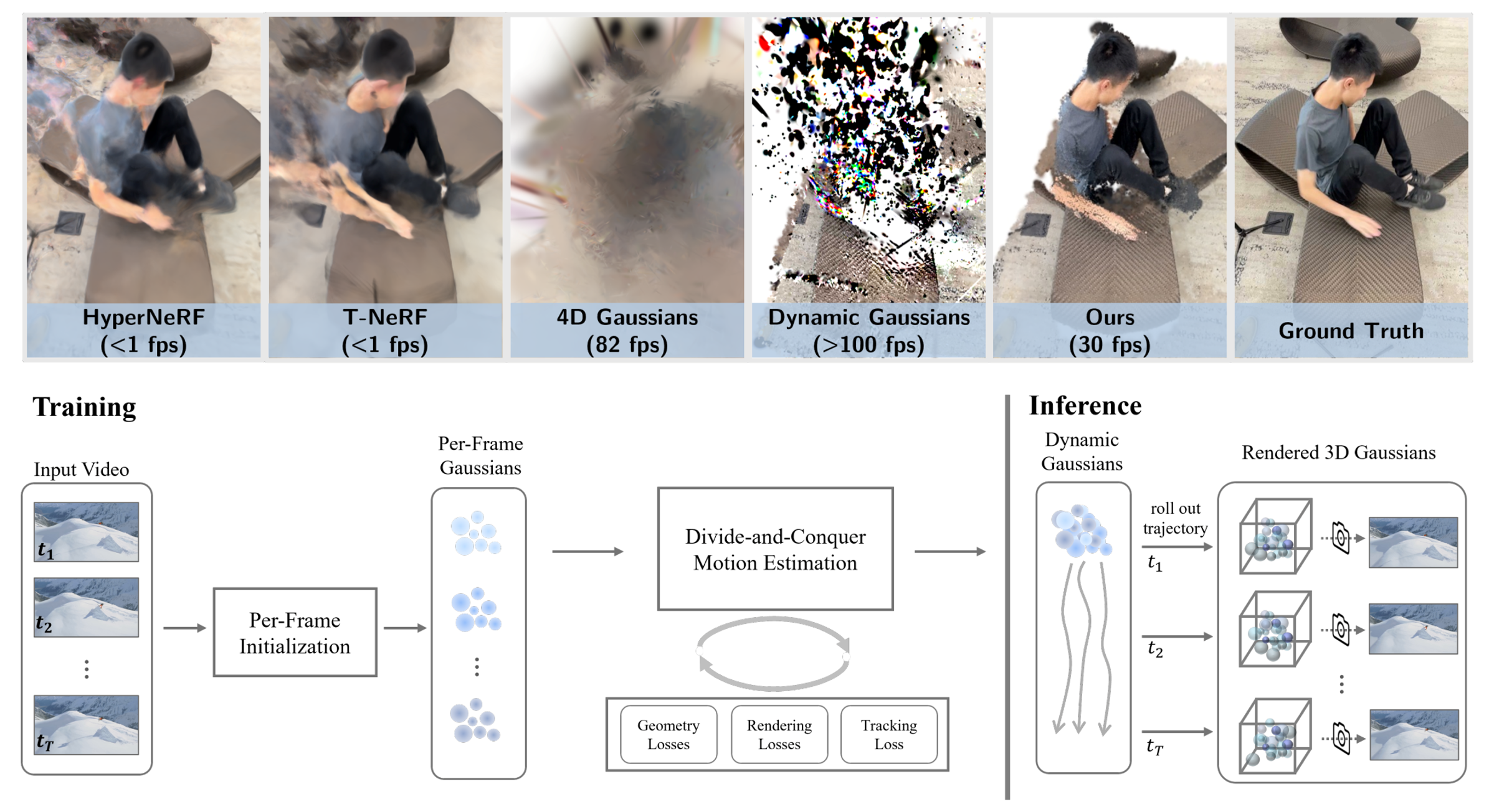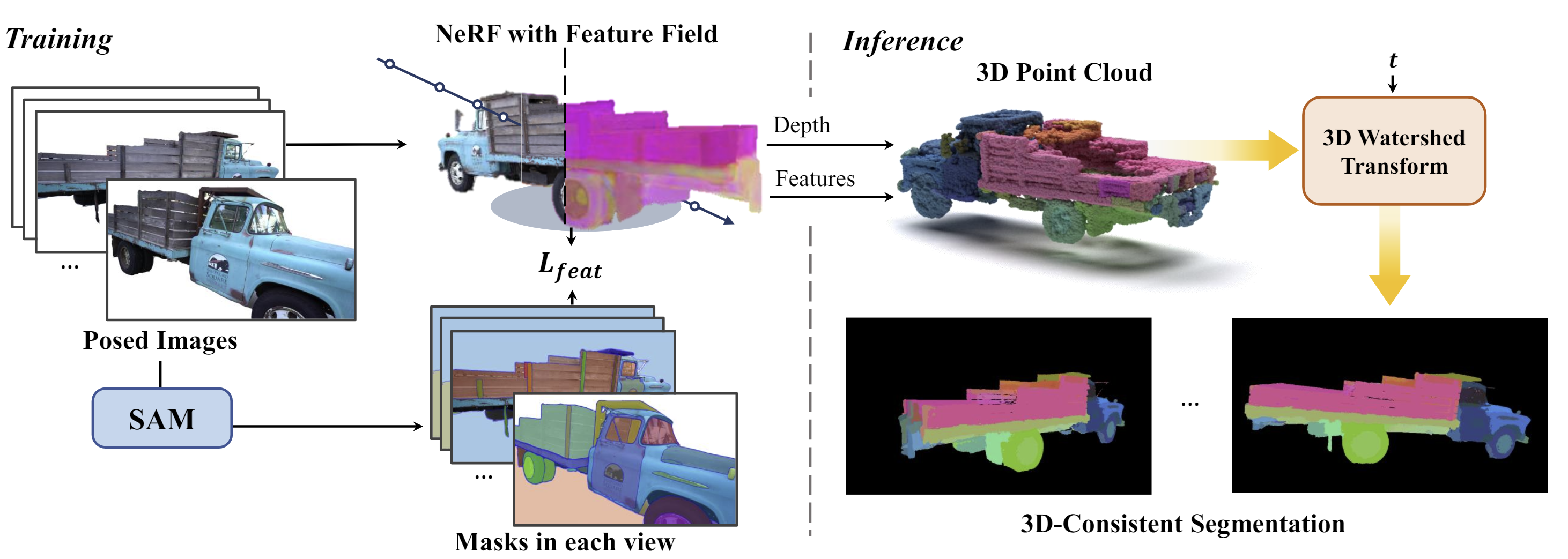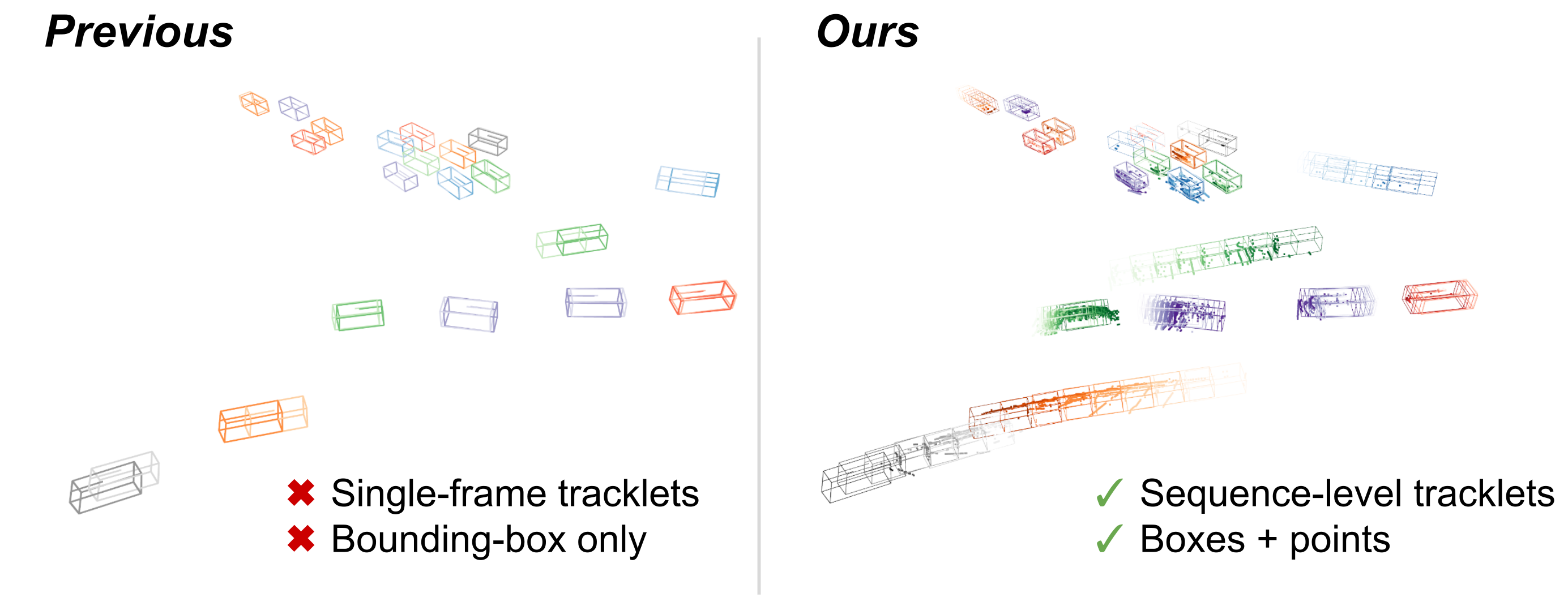About Me
I am a fifth year PhD student in Computer Science at Stanford University advised by Leonidas Guibas.
My general interests lie in 3D computer vision and AI, spanning applications in 3D content generation, spatial computing, and autonomous vehicles.
Throughout my PhD, my work has had an emphasis on building scalable geometric representations for 4D content.
I have interned with Apple, Toyota Research Institute (TRI), and Nvidia.
During my first year at Stanford, I rotated with Jure Leskovic and Serena Yeung.
I received my Bachelor's degree in computer science from MIT in 2020.

Research
Dynamic Gaussian Marbles for Novel View Synthesis of Casual Monocular Videos
Colton Stearns, Adam W. Harley, Mikaela Uy, Florian Dubost, Federico Tombari, Gordon Wetzstein, Leonidas J. Guibas. SIGGRAPH Asia 2024.

View-Consistent Hierarchical 3D Segmentation Using Ultrametric Feature Fields
Haodi He, Colton Stearns, Adam W. Harley, Leonidas J. Guibas. ECCV 2024.

CurveCloudNet: Processing Point Clouds with 1D Structure
C. Stearns, D. Rempe, Jiateng Liu, Alex Fu, Sebastien Mascha, Jeong Joon Park,
Despoina Paschalidou, Leonidas J. Guibas. CVPR 2024.

SpOT: Spatiotemporal Modeling for 3D Object Tracking
C. Stearns, D. Rempe, J. Lie, R. Ambrus, Y. Yang, S. Zakharov,
V. Guizilini, and L. Guibas. ECCV 2022 Oral Presentation.

Gamma Frequency Sensory Stimulation in Probable Mild Alzheimer's Dementia Patients: Results of a Preliminary Clinical Trial
Diane Chan, Ho-Jun Suk, Brennan Jackson, Noah Pollak Milman, Danielle Stark,
Elizabeth B. Klerman, Erin Kitchener, Vanesa S. Fernandez Avalos, Arit Banerjee, Sara D. Beach,
Joel Blanchard, Colton Stearns, Aaron Boes, Brandt Uitermarkt, Phillip Gander, Matthew Howard III,
Eliezer J. Sternberg, Alfonso Nieto-Castanon, Sheeba Anteraper, Susan Whitfield-Gabrieli,
Emery N. Brown, Edward S. Boyden, Bradford Dickerson, and Li-Huei Tsai. Neuron 2021.






